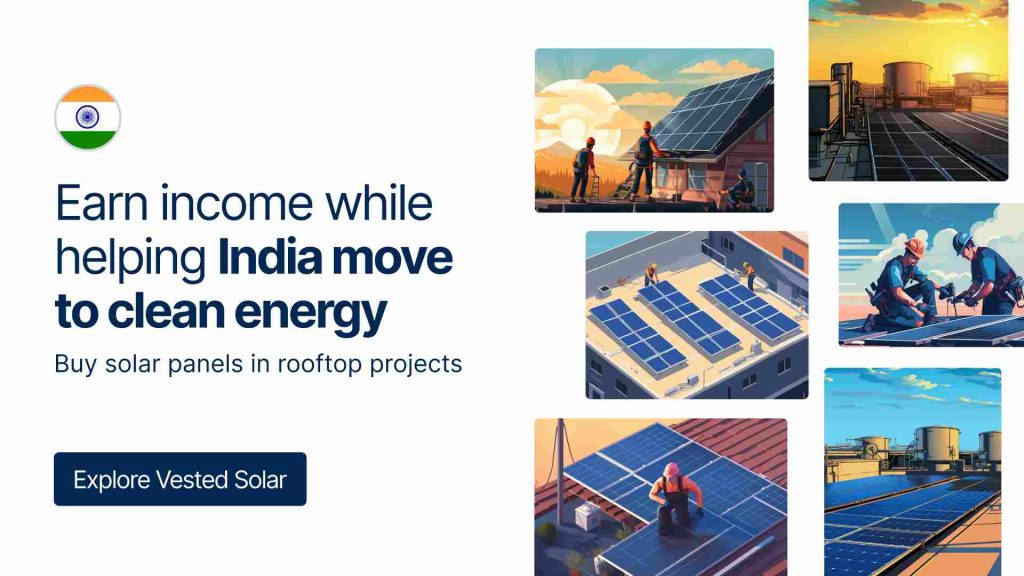In today’s edition
- SpaceX leads space tourism
- Teen digital habits shift
- COP28 agreement: A historic turn towards renewable energy
- Google Pay to launch BNPL
Market Snapshot
The week’s market rally was largely fueled by the Federal Reserve’s latest meeting, which concluded Wednesday without any changes to benchmark rates. Notably, the Fed’s updated forecast hinted at three potential rate cuts next year, indicating a more assertive easing approach than earlier projections.
On Friday, the S&P 500 index saw a slight decrease but ultimately finished the week with a 2.5% gain. The Dow Jones Industrial Average experienced a modest increase on Friday, culminating in a 2.9% rise for the week. Similarly, the Nasdaq Composite grew by 0.4% on Friday, resulting in an overall weekly gain of 2.8%.
The upcoming week’s earnings calendar is set to feature reports from prominent companies. FedEx Corp. is anticipated to announce a significant increase in year-over-year earnings. Other notable companies scheduled to release their earnings include Micron Technology, BlackBerry Ltd, General Mills, and Winnebago Industries. Additionally, Nike is expected to report its earnings on Thursday.

Market closing data for the week from December 11th to 15th, 2023
News Summaries
The COP28 climate conference in Dubai marked a pivotal moment in global climate policy, with nearly 200 countries agreeing to transition away from fossil fuels, reflecting the largest collective move towards renewable energy. This decision is underscored by alarming scientific data, including NASA and the European Commission’s Copernicus Climate Change Service predicting 2023 as the hottest year on record and a study by NASA indicating we’re nearing the critical 1.5 degrees Celsius warming threshold sooner than expected. The conference’s outcomes, including the establishment of a loss and damage fund and a partnership with Microsoft for AI-powered climate pledge monitoring, set the stage for urgent and concrete action against climate change.
Amidst a global shift to renewable energy, India aims to install 280 GW of energy generation through solar by 2030, making up about half of its renewable energy mix. To achieve this, innovative solutions are essential for speeding up the implementation of solar energy. This transition from non-renewable to renewable energy presents a unique, once-in-a-lifetime opportunity for an investment. Vested Solar steps in here, allowing investors to participate in this transition. Vested Solar enables individuals to earn income while contributing to India’s clean energy movement. Through Vested Solar, investors can own solar panels in rooftop projects, potentially earning a 10-13% IRR from the electricity these panels generate throughout their lifespan.
SpaceX, valued at $175 billion, is at the forefront of the burgeoning space tourism industry, transforming space travel through innovative technology and ambitious commercial strategies. The company’s Falcon 9 rocket exemplifies this shift, significantly lowering the cost of sending a kilogram into low-Earth orbit to around $1,500 – a 20x decrease in the past two decades. This cost-efficiency, largely attributed to the rocket’s partial reusability, has enabled SpaceX to dominate commercial space launches in the US, as evidenced by its 281 licensed launches since 2000, significantly outpacing competitors like Blue Origin and Virgin Galactic.
Pew Research data reveals a significant shift in teenagers’ digital habits, with 47% of teens aged 13-17 reporting almost constant online presence, nearly double the figure from 2014-15. This surge in connectivity is attributed to 95% of teens now owning smartphones. Daily social media usage is widespread, led by YouTube (71%), followed by TikTok (58%) and Snapchat (51%). Interestingly, while YouTube remains the most popular platform with 93% of teens using it, there’s been a slight decrease in daily usage across most platforms, potentially influenced by iPhone’s screen time limit feature introduced in 2022. Contrarily, TikTok’s constant usage has risen to 17%, indicating its growing appeal among teenagers, while Facebook sees a decline in overall teen users, dropping from 71% in 2014-15 to just 33% currently, reflecting changing preferences in this demographic.
Google Pay is set to introduce Buy Now Pay Later (BNPL) services in the US starting January next year, in collaboration with Zip and Affirm. This new feature, designed to offer greater payment flexibility, will allow users to split purchases over $35 into four-week installment plans on selected Android apps and merchant sites using Google Pay. The initial rollout with Zip is a pilot launch beginning in January, while the Affirm integration is planned for Q1 2024. This move, aimed at enhancing consumer choice and merchant sales, follows the trend set by Apple, which launched its BNPL service, Apple Pay Later, earlier in March. Apple Pay Later offers loans ranging from $50 to $1,000 for online and in-app purchases, with the added convenience of loan tracking and notifications through the Wallet feature on iOS devices. Google Pay’s initiative reflects an increasing consumer demand for flexible payment solutions in the digital marketplace.















